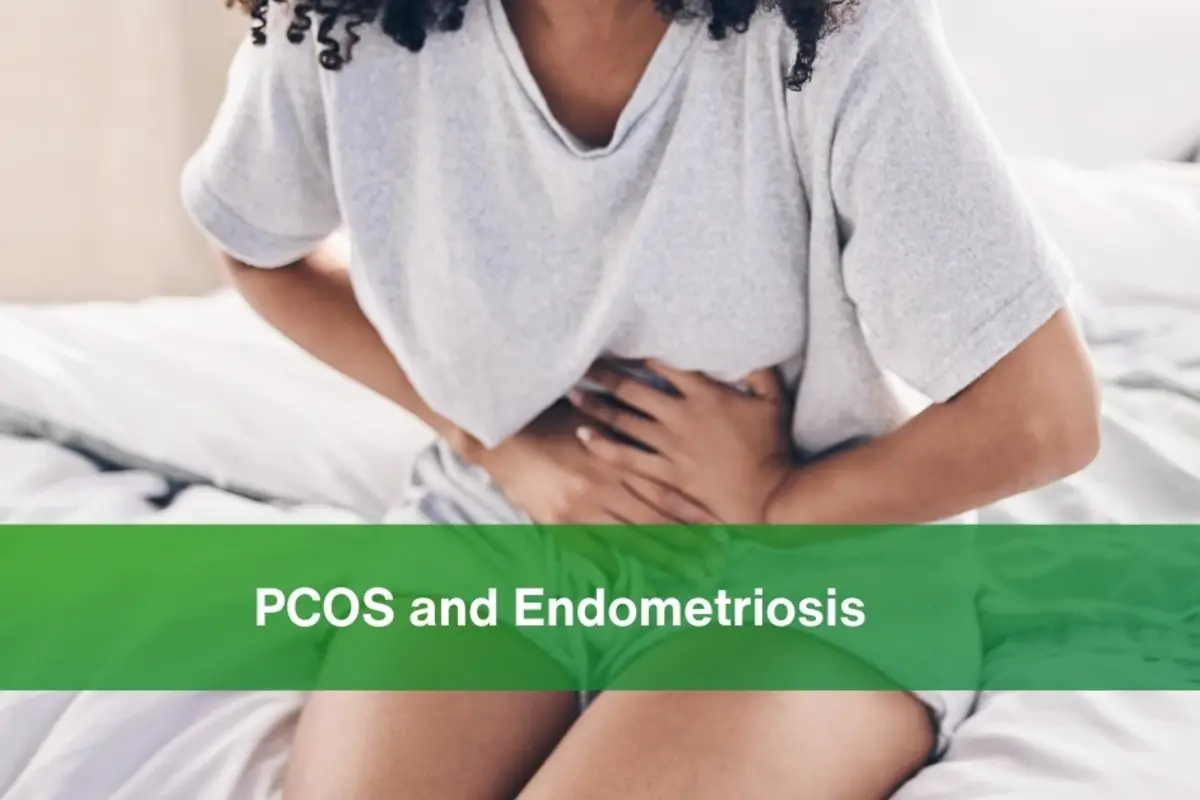
PCOS and endometriosis stand as two prevalent reproductive disorders among women, both stemming from hormonal imbalances and potentially leading to infertility. Despite sharing this common ground, each condition affects the female reproductive system differently, making it crucial to discern the nuances in their symptoms.
In endometriosis, tissues akin to the uterine lining proliferate beyond the uterus, whereas PCOS manifests as a hormonal disorder characterized by enlarged ovaries dotted with small cysts along their periphery. While PCOS primarily impacts the ovaries and correlates with elevated androgen levels, endometriosis is associated with heightened estrogen levels and can affect various pelvic organs besides the uterus.
Polycystic Ovary Syndrome (PCOS)
PCOS manifests in irregular periods, excess hair growth, acne, and infertility due to hormonal imbalances. It heightens the risk of various disorders like diabetes and hypertension. Symptoms vary in intensity and may include:
- Irregular menstrual cycles: Women with PCOS often experience irregular or infrequent periods, complicating ovulation prediction and conception.
- Ovarian cysts: Small cysts on the ovaries, though harmless, contribute to hormonal disruptions.
- Excess androgen production: Elevated androgens lead to acne, hirsutism, and male-pattern baldness.
- Insulin resistance: Many with PCOS exhibit insulin resistance, fostering weight gain and raising diabetes risk.
- Weight gain: Difficulty managing weight exacerbates PCOS symptoms.
Also read: Exercise: A Powerful Tool Against Depression
Endometriosis
Endometriosis involves the growth of endometrium-like tissue outside the uterus, affecting pelvic organs like ovaries, fallopian tubes, and the pelvic cavity lining. Symptoms, typically surfacing during reproductive years, include:
- Pelvic pain: Intensifying before and during menstruation, during intercourse, or bodily functions.
- Heavy menstrual bleeding: Accompanied by clotting, leading to discomfort.
- Painful intercourse: A common experience for women with endometriosis.
- Infertility: Though not universal, endometriosis can hinder fertility.
- Additional symptoms: Fatigue, gastrointestinal distress, and urinary discomfort.
Distinguishing Symptoms
PCOS and endometriosis necessitate medical attention, each demanding tailored treatment. While PCOS entails hormonal irregularities, causing varied symptoms, endometriosis involves tissue growth outside the uterus, leading to distinct manifestations. Affected women need to seek medical guidance for accurate diagnosis and appropriate management, given the intricate nature of both conditions.
To read more such news, download Bharat Express news apps


















